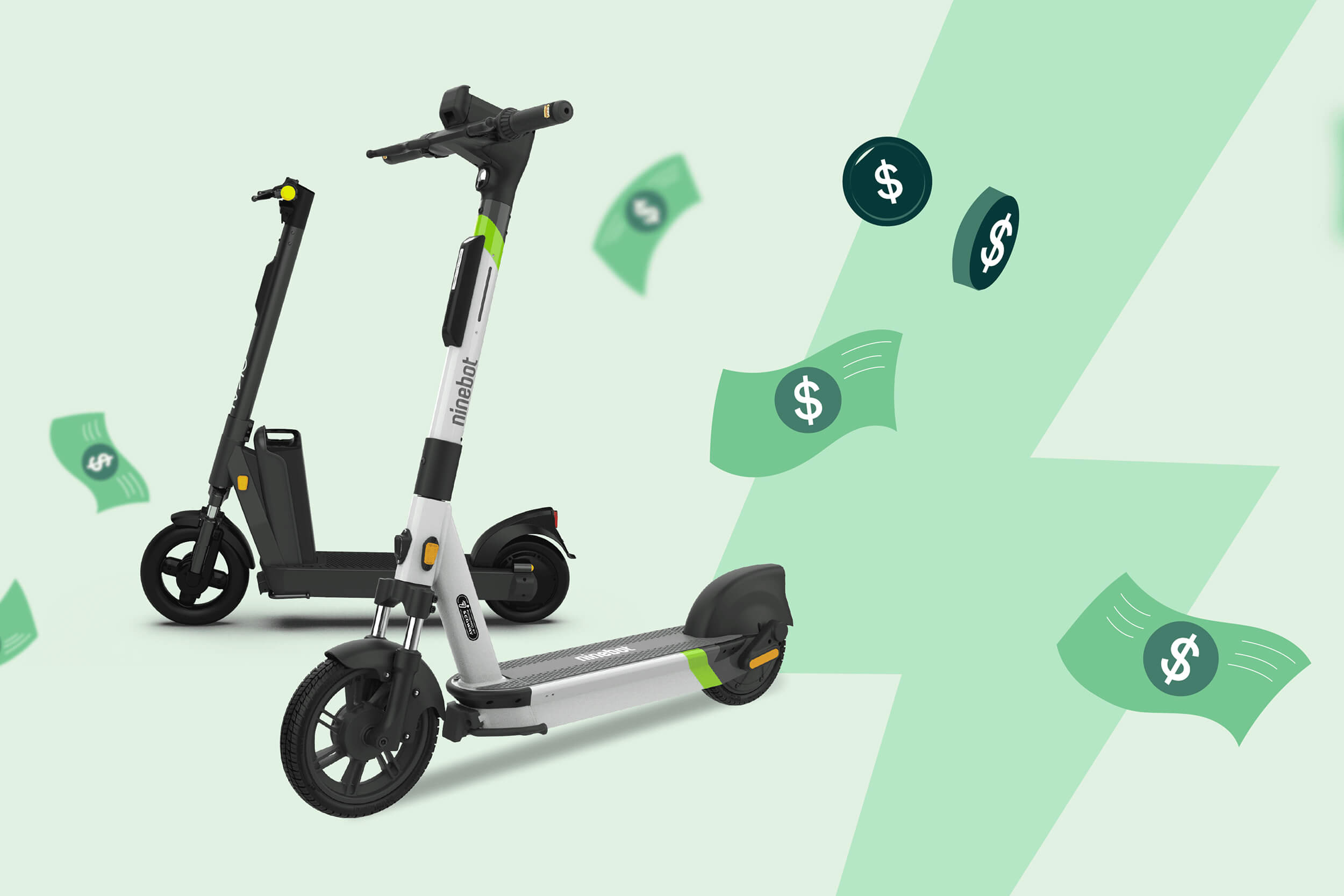
The Rise of E-Scooters in Canada: A Sustainable Transport Revolution
December 1, 2023
The Best E-Scooter Routes in Major Canadian Cities
February 1, 2024Riding an e-scooter is a thrilling way to get around, offering convenience, speed, and a sense of freedom. However, like any mode of transportation, safety should be a top priority. Whether you’re weaving through the bustling streets of Toronto or enjoying a leisurely ride along Vancouver’s waterfront, it’s essential to be aware of the unique challenges that come with e-scooting in Canada. This comprehensive guide will cover everything you need to know to stay safe while riding your e-scooter in Canada.
Understanding the Risks:
E-scooters are relatively new on the transportation scene, and while they offer many benefits, they also come with risks. The compact size and speed of e-scooters can make them less visible to other road users, particularly in busy urban areas or during low-light conditions. Additionally, the varying weather conditions in Canada, from snow and ice in winter to heavy rain in other seasons, can create hazardous riding environments. Understanding these risks is the first step toward mitigating them and ensuring a safe ride every time.
Essential Protective Gear:
The most crucial piece of safety equipment for any e-scooter rider is a helmet. While helmet laws vary by province, wearing a helmet can significantly reduce the risk of head injuries in the event of an accident. Choose a helmet that fits snugly, meets safety standards, and provides adequate ventilation. Consider additional protective gear, such as gloves, knee pads, and elbow pads, particularly if you’re riding on rough terrain or in high-traffic areas. Reflective clothing or accessories can also improve your visibility to other road users, especially in low-light conditions.
Adhering to Traffic Laws:
Just like bicycles and cars, e-scooters are subject to traffic laws. In Canada, these laws can vary by province and city, so it’s essential to familiarize yourself with the specific regulations in your area. Generally, you should ride in bike lanes or on the road, avoid sidewalks, and obey all traffic signals. Speed limits for e-scooters typically range from 20 to 32 km/h, depending on the location. Additionally, some provinces have age restrictions for e-scooter riders, so make sure you meet the legal requirements before hitting the road.
Pre-Ride Safety Checks:
Before each ride, it’s crucial to perform a quick safety check on your e-scooter. Start by inspecting the tires for any signs of wear or damage and ensure they are properly inflated. Next, test the brakes to make sure they are responsive and functioning correctly. Check the battery level to ensure you have enough charge for your trip, and inspect the lights to ensure they are working, especially if you’ll be riding in low-light conditions. Finally, give the frame a once-over to check for any cracks or damage that could compromise the scooter’s structural integrity.
Defensive Riding Strategies:
Defensive riding is key to staying safe on your e-scooter. Always assume that other road users may not see you, and be prepared to take evasive action if necessary. Keep a safe distance from cars, cyclists, and pedestrians, and avoid riding too close to the curb, where you might encounter obstacles like potholes or debris. Use hand signals to indicate your intentions when turning or stopping, and make eye contact with drivers at intersections to ensure they see you. Being aware of your surroundings and anticipating potential hazards can help you avoid accidents.
Riding in Different Weather Conditions:
Canada’s diverse climate means that e-scooter riders must be prepared for a range of weather conditions. Rain, snow, and ice can make roads slippery and reduce your scooter’s traction, increasing the risk of skidding or losing control. If you must ride in wet conditions, reduce your speed, increase your following distance, and avoid sudden braking or sharp turns. In winter, be mindful of ice patches and snow accumulation, which can obscure obstacles and make the road surface uneven. It’s often best to avoid riding in extreme weather altogether, but if you do, take extra precautions to stay safe.
Post-Ride Maintenance:
After your ride, take a few minutes to clean and inspect your e-scooter. Wipe down the frame and wheels to remove any dirt, mud, or road salt that could cause corrosion or damage over time. Check the battery and charge it if necessary, especially if you’ve been riding in cold weather, which can drain the battery more quickly. Regular maintenance, such as tightening bolts, lubricating moving parts, and checking the tire pressure, will keep your e-scooter in top condition and ready for your next ride.
E-scooters offer a fun and efficient way to navigate Canadian cities, but safety should never be compromised. By following these tips—wearing protective gear, obeying traffic laws, performing pre-ride checks, riding defensively, and being mindful of weather conditions—you can enjoy a safe and enjoyable e-scooter experience. For more safety gear, accessories, and expert advice, visit our website and ensure you’re fully equipped for your next ride.



